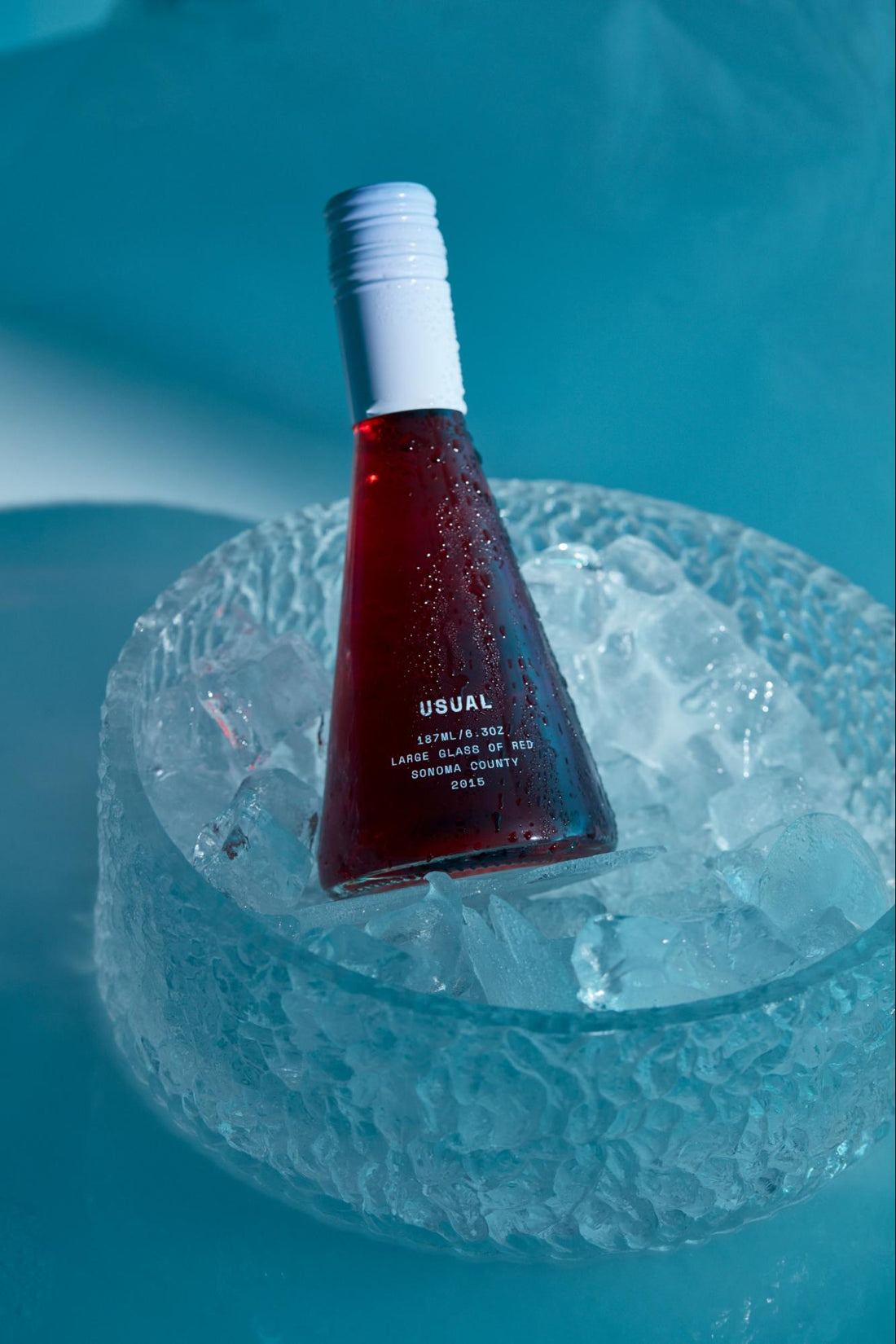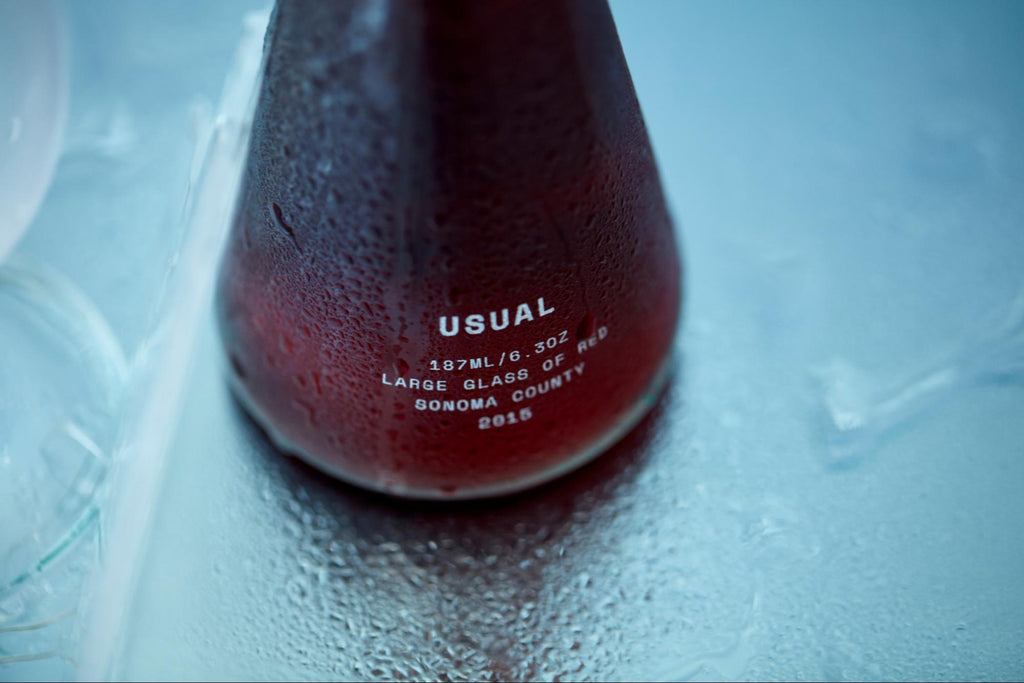
Aromatized Wine: Delving into the Art of Aromatization
McKenzie HaganWhen you hear “aromatized wine,” it's not referring to highly fragrant wines like Muscadine wine or Gewurztraminer. In fact, aromatized wine is pretty unique — both in the way that it is made and in the many ways in which you can serve it.
While some may recognize only Vermouth as an old-school aromatized wine classic, there is actually a lot to discover in this broad wine category. In fact, many countries, including Italy, France, and Spain have their own offerings — each a little different from the others.
If you’re looking for a classic drink with plenty of flavor and personality, aromatized wines may be just what the doctor ordered.
In this article, we’ll show you how aromatized wine is made, the many varieties it comes in, and the best way to enjoy this fruity, herby delight.
What Is Aromatized Wine?
Aromatized wine is wine flavored with fruits, spices, and florals. While we often talk about wine having floral, fruity flavors, these flavors occur naturally in regular wine. However, when it comes to aromatized wines, these flavors have been added in by the winemakers.
Just as gin is often flavored with botanical ingredients — such as pink peppercorn, bitter orange and grapefruit — aromatized wines are also transformed by these added flavors. Resulting in wines that do not taste much like wine at all. In fact, many comment on the wine’s medicinal flavor.
Most aromatized wines start their lives as simple white wines, then the wine producers add brandy and their chosen botanicals. These flavors steep in the wine for several weeks and before being filtered out. These lovely potions are then bottled and — just like that — aromatized wine is born.
Aromatized wine has been around for hundreds of years, having been invented in ancient Greece. Some wine academics believe that Hippocrates himself created it by mixing wine with wormwood and other spices for medicinal purposes.
Today, aromatized wine has fallen out of fashion, and is often considered an “old lady drink.” However, as fashions often do, the appetite for aromatized wine is coming back around.
Types of Aromatized Wines
Because there’s such a wide range of botanicals and flavors to choose from, there is also a wide range of aromatized wines to choose from.
Lillet
Lillet is a French aromatized wine made from Bordeaux grapes. It packs a punch at 17% ABV and boasts gorgeous summery flavors, like citrus.
Americano
Americano is an aperitif wine from Italy. It’s usually colored bright red or stunning yellow and is very bitter, getting most of its flavor from the added gentian root. Americano aromatized wine is usually served with soda water.
Quinquina
Quinquina is the Spanish aromatized wine offering. It’s traditionally made with quinine and cinchona bark.
Barolo Chinato
Another Italian classic, Barolo Chinato is made by adding spices, herbs, and other flavors to Barolo wine. The wine has a long list of herbaceous ingredients, including bark from the Cinchona officinalis tree, chamomile, cloves, and cardamom.
Byrrh
Byrrh (pronounced “beer”) is another aromatized wine from France. Unlike many aromatized wines, Byrrh is made from red wine. It was very popular in the 20th century.
Vermouth
Vermouth is the world’s favorite aromatized wine, and definitely it’s most recognized. We’ll go into more detail about Vermouth below.
Aromatized Wine vs. Fortified Wine

Fortified wines and aromatized wines are both lovely after dinner aperitifs, they both have an ABV (alcohol by volume) percentage of at least 14%, and they both have pretty old school reputations. However, they taste very different.
When creating aromatized wine, winemakers up the alcohol content by adding brandy. This is also true for fortified wines like sherry and dessert wines like port, Madeira, and Marsala wine. However, the added brandy in these wines is flavorless.
What makes aromatized wines unique is the blend of botanical flavors steeped into the wine. Popular flavors include:
- Nutmeg
- Chinotto
- Quinine
- Gentian root
- Angelica
- Chamomile
- Cinchona
- Saffron
- Mistelle
While fortified wines (like port) taste like sweeter, richer versions of a regular wine, aromatized wines often taste like a completely different beast altogether. Due to these added flavors, you would be forgiven for mistaking an aromatized wine to be a liqueur, like Jägermeister or even absinthe.
Using Aromatized Wines in Cocktails
While aromatized wines have fallen out of fashion in recent decades, thanks to their inclusion in several classic cocktails, they are making a comeback.
As younger generations have started to discover classic drinks like negronis, martinis, and Manhattans, aromatized wines are edging back onto the drink menu. You never know — perhaps, aromatized wines will soon be the hot new drink at your local wine bar.
If you appreciate strong flavors, like bitter orange, an aromatized wine-based cocktail is something worth trying. Keep your eye out for lychee martinis, Gibsons, and mezcal negronis for something different.
What Is Vermouth?
Vermouth is probably the most well-known aromatized wine still on the market. The modern Vermouth that we know and drink today emerged in Italy back in the 18th century.
Just like many wines, there’s not just one way to enjoy Vermouth, it comes in many different styles, each with their own unique flavors. Dry Vermouth, or French Vermouth as it’s sometimes called, has very little added sugar compared to some of its fellow styles. Sweet Vermouth, or red Vermouth, rosso Vermouth, or Italian Vermouth is incredibly sweet, some are as high as 15% sugar.
Vermouth has a wide range of styles, however it’s commonly recognized by its slightly red color, which is achieved by adding caramel to the blend. Many people have only enjoyed Vermouth in a classic cocktail, but some really good Vermouths taste great on their own or with a splash of soda water. Try it for yourself.
How To Serve Aromatized Wine
Aromatized wines are used in some of the world’s most classic cocktails. By adding a drop of sweet Vermouth, to gin and Campari, you’ve got a classic Negroni, an incredibly bitter and sophisticated drink.
Because aromatized wines are so versatile, they pair with a range of alcoholic beverages. Try adding sweet Vermouth to whiskey, with a dash of Bitters for a New York-style Manhattan.
However, if you’re not into cocktails, aromatized wines are great on their own or with a splash of soda or tonic. Lillet Blanc, a white wine version of the French classic, is often served over ice with orange peel to garnish. Americanos are best served with soda water.
Not Just for Cocktails

Aromatized wines may be very similar to other aperitifs, including fortified wines like port. However, due to their added botanicals, they treat wine lovers to a wide range of flavors.
Commonly known for their inclusion in cocktails, aromatized wines are high in alcohol and perfect for anyone who enjoys bitter flavors and sophisticated drinks.
While classic cocktails are always a treat, aromatized wines are making a name for themselves outside of the cocktail bar. With so many variations to try, including Vermouth, sweet Vermouth, Lillet, and Barolo Chinato, each with its own unique blend of herbs and spices, you simply need to give these flavorful drinks a fair shake.
Look out for aromatized wines at your local cocktail bar, and discover your new favorite after-dinner drink.








